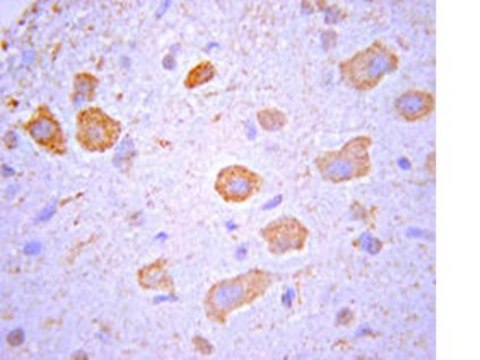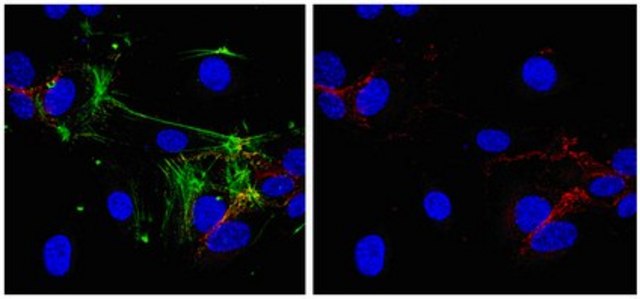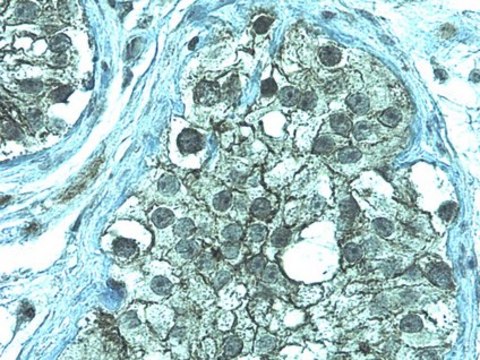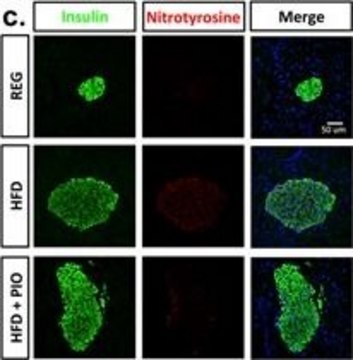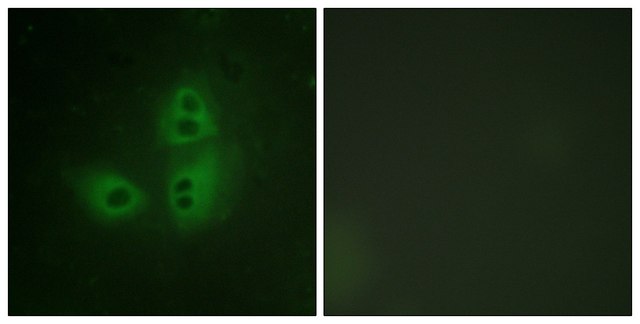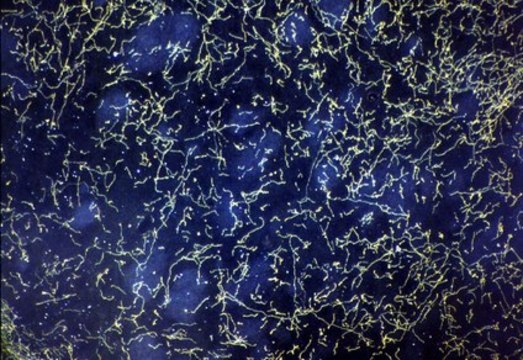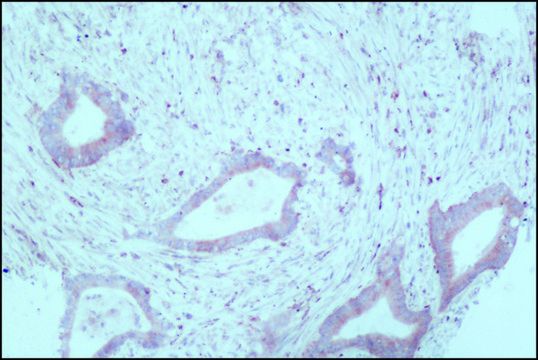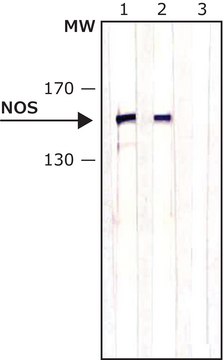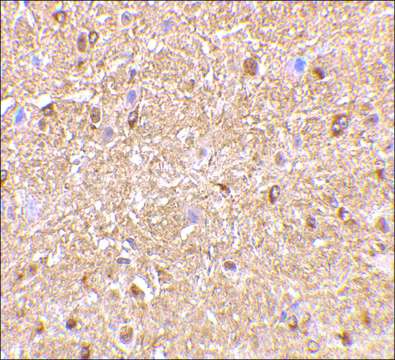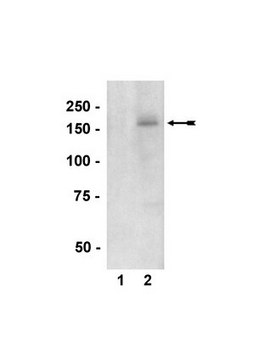All Photos(1)
Synonym(s):
Neurite outgrowth inihibitor A
UNSPSC Code:
12352203
eCl@ss:
32160702
NACRES:
NA.41
Recommended Products
biological source
rabbit
Quality Level
antibody form
affinity isolated antibody
antibody product type
primary antibodies
clone
polyclonal
purified by
affinity chromatography
species reactivity
mouse, human, rat
manufacturer/tradename
Chemicon®
technique(s)
western blot: suitable
NCBI accession no.
UniProt accession no.
shipped in
wet ice
target post-translational modification
unmodified
Gene Information
mouse ... Rtn4(68585)
General description
This gene belongs to the family of reticulon encoding genes. Reticulons are associated with the endoplasmic reticulum, and are involved in neuroendocrine secretion or in membrane trafficking in neuroendocrine cells. The product of this gene is a potent neurite outgrowth inhibitor which may also help block the regeneration of the central nervous system in higher vertebrates. Alternatively spliced transcript variants derived both from differential splicing and differential promoter usage and encoding different isoforms have been identified
Specificity
Cat. # AB5888 is specific to NOGO A. It does not recognize NOGO B or NOGO C.
Reactivity with other species has not been tested.
Application
Anti-NOGO A Antibody detects level of NOGO A & has been published & validated for use in WB.
Quality
Routinely tested on mouse brain lysate
Target description
Theoretical MW is approx. 126 kDa however literature reports observed molecular weight to be 205 kDa to 220 kDa
Legal Information
CHEMICON is a registered trademark of Merck KGaA, Darmstadt, Germany
WGK
WGK 2
Flash Point(F)
Not applicable
Flash Point(C)
Not applicable
Certificates of Analysis (COA)
Search for Certificates of Analysis (COA) by entering the products Lot/Batch Number. Lot and Batch Numbers can be found on a product’s label following the words ‘Lot’ or ‘Batch’.
Already Own This Product?
Find documentation for the products that you have recently purchased in the Document Library.
Giuseppe Vaccaro et al.
The Journal of neuroscience : the official journal of the Society for Neuroscience, 42(20), 4087-4100 (2022-04-20)
Nogo-66 receptors (NgR1-3) are glycosylphosphatidyl inositol-linked proteins that belong to the leucine-rich repeat superfamily. Through binding to myelin-associated inhibitors, NgRs contribute to the inhibition of axonal regeneration after spinal cord injury. Their role in limiting synaptic plasticity and axonal outgrowth
Feng Tan et al.
Experimental and therapeutic medicine, 16(6), 4943-4950 (2018-12-14)
Electroacupuncture (EA) may stimulate neurogenesis in animal models of ischemic stroke; however, the associated mechanisms are not clear. The present study aimed to evaluate the neurogenesis efficacy of EA on ischemic stroke and the underlying associated mechanisms. A model of
Ryan L O'Hare Doig et al.
BMC neuroscience, 18(1), 62-62 (2017-08-16)
Following partial injury to the central nervous system, cells beyond the initial injury site undergo secondary degeneration, exacerbating loss of neurons, compact myelin and function. Changes in Ca2+ flux are associated with metabolic and structural changes, but it is not
María Nazareth González-Alvarado et al.
Glia, 70(3), 522-535 (2021-11-18)
Recently, oligodendrocytes (Ol) have been attributed potential immunomodulatory effects. Yet, the exact mode of interaction with pathogenic CNS infiltrating lymphocytes remains unclear. Here, we attempt to dissect mechanisms of Ol modulation during neuroinflammation and characterize the interaction of Ol with
David Freudenstein et al.
Scientific reports, 13(1), 22272-22272 (2023-12-15)
Genome-wide association studies identified a single nucleotide polymorphism (SNP) downstream of the transcription factor Sox8, associated with an increased risk of multiple sclerosis (MS). Sox8 is known to influence oligodendrocyte terminal differentiation and is involved in myelin maintenance by mature oligodendrocytes.
Our team of scientists has experience in all areas of research including Life Science, Material Science, Chemical Synthesis, Chromatography, Analytical and many others.
Contact Technical Service